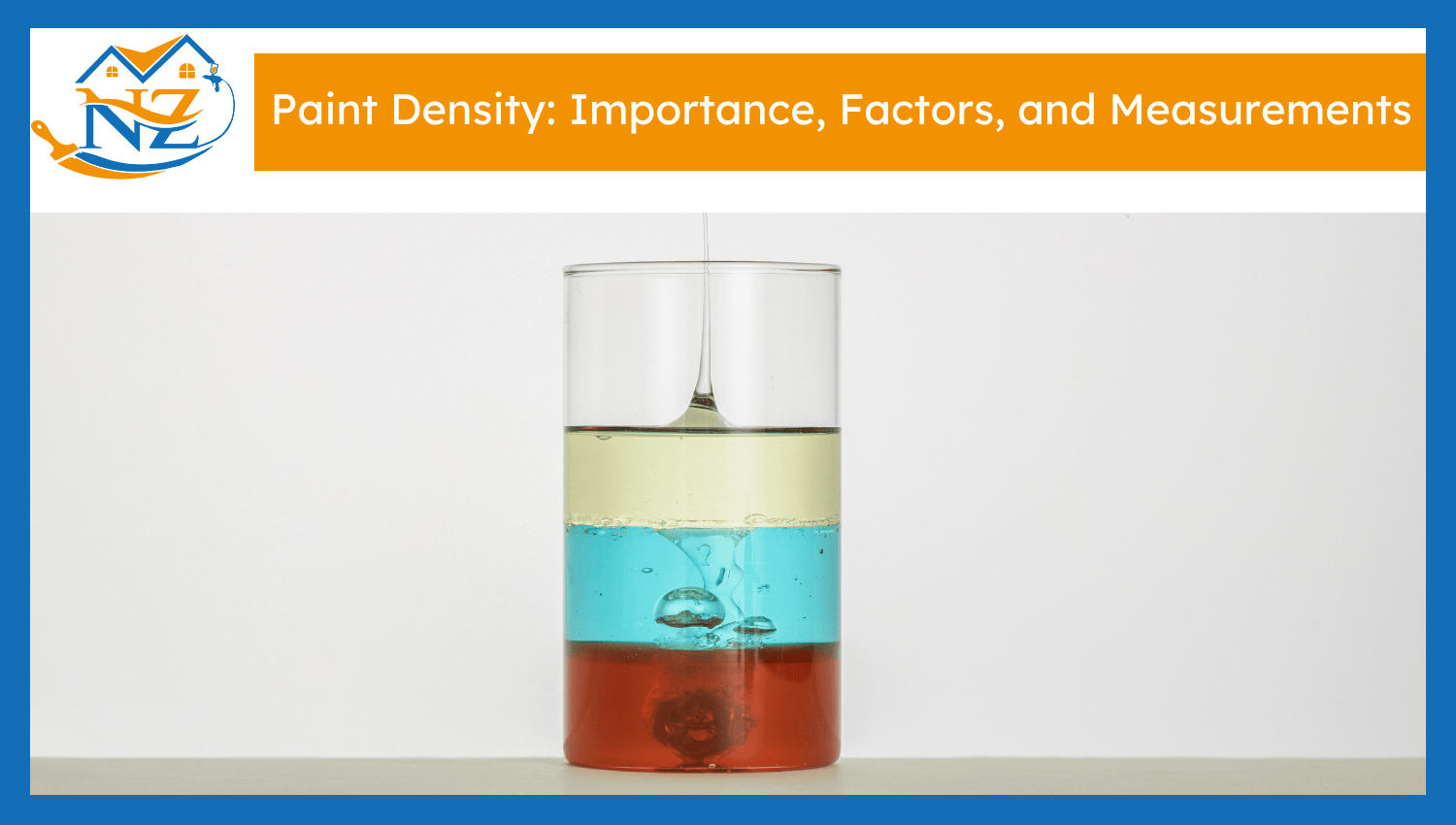

The density of paint is defined as the number of paint molecules packed into a given volume. High-density paints contain more solids, like pigments and resins. Specific gravity, also called relative density, is the proportion of paint mass to the reference content, like water. Unlike specific gravity, which has no units, it is measured in g/cm³ or kg/L. Paint density is often confused with paint viscosity, though they are different terminologies. Paint viscosity is thickness, and paint density is the heaviness or lightness of the paint. Understanding paint density before application saves money and reduces paint wastage.
Here is why paint density is important:
Here are the factors that directly affect paint density:
Here is how to measure the paint density: